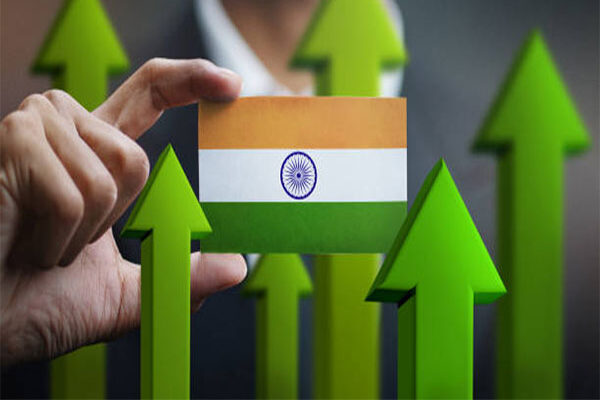
India Bucks Global Poverty Trend As Per World Bank Parameters
While the World Bank’s revision to global poverty estimates led to a global increase in the count of extreme poverty by 125 million, India emerged as a statistical outlier in a positive direction, according to the government’s factsheet analysis.
The World Bank recently raised the International Poverty Line (IPL) from USD 2.15 to USD 3.00 per day (based on 2021 purchasing power parity). The revision was intended to reflect updated costs of living and more accurate consumption data.
The global poverty measures produced by the World Bank use purchasing power parities (PPPs) to account for differences in price levels across the world. These PPPs are periodically revised in light of new data on relative living costs.
This adjustment was expected to sharply increase the global count of those living in extreme poverty which was visible on poverty figures, estimated at 226 million people. However, India’s newly revised poverty data significantly softened the blow, reducing the count by 125 million. These figures offsets more than half the global increase.
India’s standout performance is largely attributed to improvements in data collection and measurement methods. The country’s latest Household Consumption Expenditure Survey (HCES) adopted the Modified Mixed Recall Period (MMRP) method, replacing the outdated Uniform Reference Period. This change provided a more accurate picture of household consumption, capturing actual spending more effectively.
As a result, India’s poverty rate in 2022-23 stood at just 5.25 per cent under the new USD 3.00 poverty line, and 2.35 per cent under the older USD 2.15 line — a dramatic decline from earlier decades.
The data also showed rising household spending: average monthly per capita expenditure rose to Rs 4,122 in rural areas and Rs 6,996 in urban areas, excluding the value of items received free through social welfare programs. Additionally, consumption inequality fell, with the Gini coefficient declining in both rural and urban regions.
The government’s factsheet detail added that India’s example shows how methodological integrity, better data, and sustained policy efforts can work together to deliver real developmental outcomes. (ANI)



